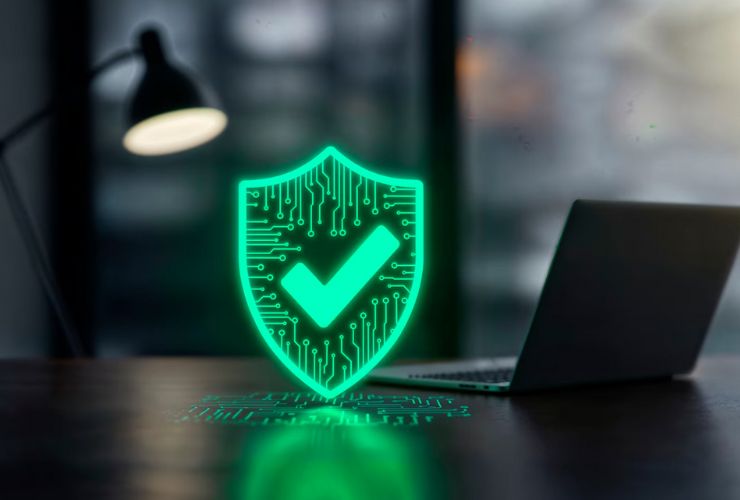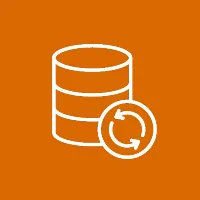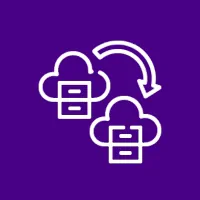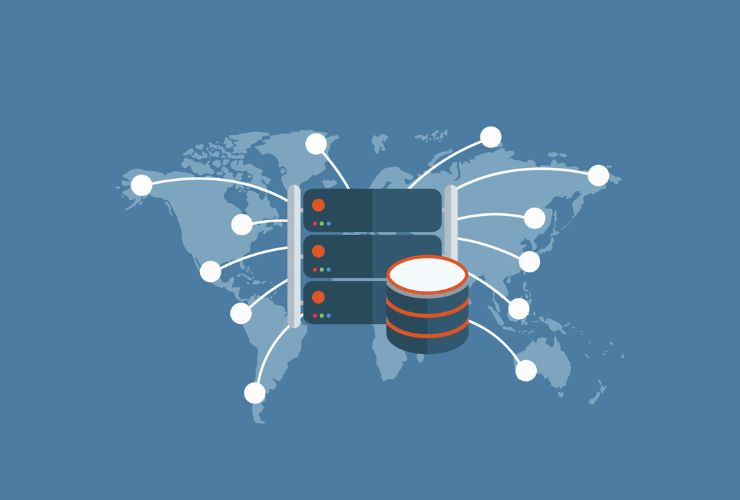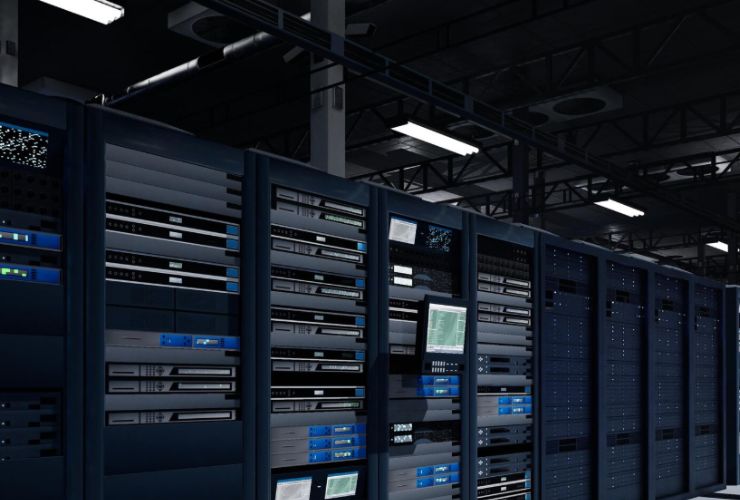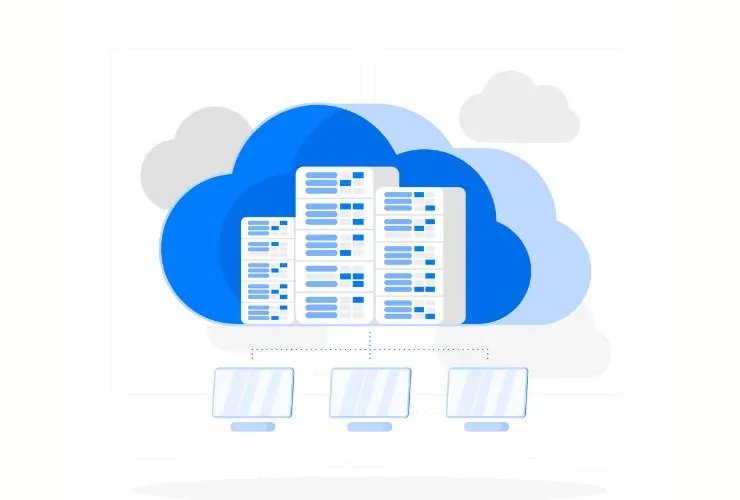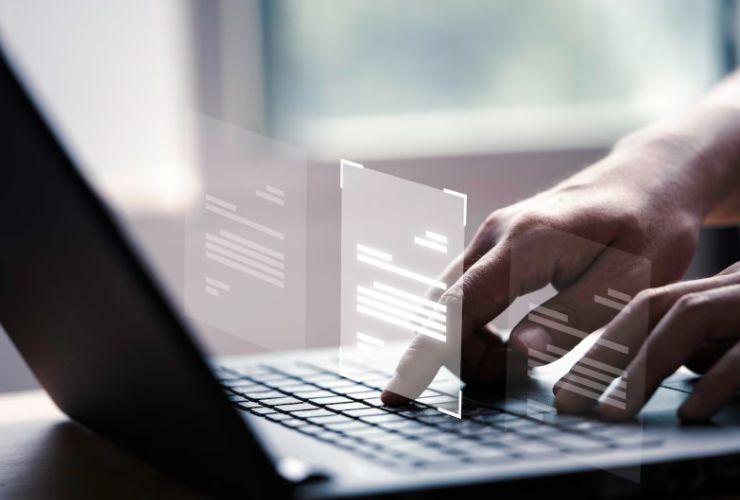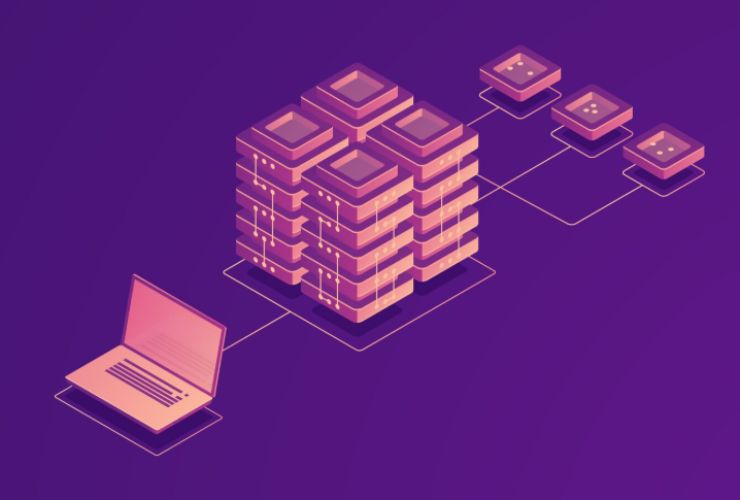In today’s digital landscape, businesses face an ever-growing set of regulatory requirements while managing increasingly complex data environments. Ensuring compliance with standards such as GDPR, HIPAA, PCI DSS, and SOC 2 is no longer optional. Real-time security and compliance reporting has become a cornerstone for modern enterprises seeking to safeguard sensitive information, maintain operational integrity, and prevent breaches.
Organizations that rely solely on periodic audits or manual checks risk delayed detection of security gaps, non-compliance fines, and operational disruptions. Real-time reporting ensures that critical information is continuously monitored, anomalies are flagged immediately, and compliance reports are always up to date.
Why Real-time Security and Compliance Reporting is Important
Proactive Threat Identification
Threats are becoming more sophisticated and breaches can last days and happen in minutes. Real-time monitoring provides organizations instant transparency for identifying anomalies, illegitimate access, or suspicious activity. The earlier an organization can identify and report an incident, the better the chances of avoiding a breach of data, avoiding high costs, and reducing harm to reputation.
Regulatory Compliance
In regulatory environments, organizations know that regulatory requirements usually establish a need for constant continuous oversight over controls or an inspection-ready picture of any controls in place. Automated real-time reporting ensures businesses are compliant and steers clear of civil or administrative penalties, as well as building a great culture that welcomes audits. Continuous monitoring also allows organizations to show their stakeholders that they are being accountable, which supports a strong stakeholder relationship.
Operational Efficiency
Real-time reporting of compliance metrics and systems activity leads to reporting efficiencies, helps reduce the conduct of manual audits, and streamlines operations. When organizations have less burden from audits and compliance, they can redirect their attention to more strategic priorities instead of resource constraints. IT teams and the compliance adviser can use this new capacity and provide operational value.
Data Integrity and Trust
Organizations that possess accurate, timely, and secure records create trust and confidence with clients, partners, and regulators. Effective real-time reporting also ensures data integrity within the organization’s systems, allowing it to communicate proactively with stakeholders about the sensitivity of data. This promotes transparency, maintains credibility, and demonstrates operational effectiveness.
Why Real-time Security and Compliance Reporting is Important
Proactive Threat Alerting
Modern threats are becoming very advanced and breaches can happen in minutes. With real-time monitoring, organizations are enabled to detect anomalies, unauthorized access, or suspicious activity in real time. Early detection will decrease the risk of data breaches, loss of revenue and loss of reputation.
Regulatory Compliance
Regulatory regimes require continual vigilance and auditable proof of controls. Automated, real-time reporting means that businesses can remain compliant, will not accrue fines, and will be able to deal with audits effectively. Organizations also demonstrate accountability and assurance with relevant stakeholders which reinforces trust.
Operational Efficiency
By evaluating compliance metrics and system activities in real-time, businesses can automate reporting, eliminate manual audits, and develop more streamlined operational workflows. Less process means less compliance and IT effort, and more emphasis on strategic initiatives.
Data Integrity and Trust
NEWS FLASH! Accurate, up to date, and secure record keeping equals trust with clients, partners, and regulators. Real-time reporting ensures data integrity throughout systems, fostering transparency and operational assurance.
Key Characteristics of Real-time Security and Compliance Reporting
- Continuous Monitoring: Continuously monitor user activity, roles assigned, login attempts, access logs – as it happens.
- Audit Trail: Automatically log every activity, creating a full auditable, tamper-proof record.
- Alerting and Notifications: Get immediate alerts when we see suspicious events, unusual activity, or potential violations of compliance.
- Dashboards and Analytics: View compliance measures, system health, and security status for real-time decisions.
- Automated Reporting: Reduce unnecessary work and human error with automatic generation of regulatory compliant reports.
- Integration with Existing Systems: Monitoring in the context of your package terms along with monitoring SIEM, ERP, and cloud platforms.
How Empirical Edge Addresses Security and Compliance
At Empirical Edge, we provide an enterprise-class monitoring and reporting service that keeps your database and systems secure, compliant, and operational. We Provide:
- Real-time Database Monitoring: Continuous monitoring of SQL, NoSQL, and cloud database performance and security anomalies.
- Compliance Monitoring: Report compliantly to GDPR, HIPAA, PCI DSS, SOC 2, etc.
- Alerts & Notifications: Get immediate alerts of unusual activity or potential data breach so it can be remediated immediately.
- Tailored Dashboard: Custom dashboard to keep track of KPIs, compliance, and health of databases at a glance.
- Audit-ready Reporting: Reports generated after each audit and external regulatory inspection, for internal audit.
Practices for Establishing Real-time Compliance Reporting
- Identify the Regulatory Requirements: Specifically map compliance obligations applicable to your specific business and industry.
- Centralize Monitoring: Centralize logs and metrics found in various systems into a single system to one analyzer for tracking and reporting.
- Establish Access Controls: Apply least privilege access, monitor role changes, track privilege escalation.
- Establish Automated Alerts and Reports: Track key metrics in real time through dashboards and eliminate manual processes for reporting by automating reports.
- Conduct Periodic Policy Reviews: Continuously update policies, device configurations, and thresholds for alerts based on changing regulatory environments and business needs.
- Integrate With Security Tools: Combine monitoring of compliance with SIEM, threat intelligence, and incident response.
Conclusion
Meaningful real-time reporting of security and compliance is essential for modern businesses. It is no longer optional. Complex IT environments and evolving regulations demand continuous monitoring to detect threats, maintain compliance, and ensure operational resilience. Real-time reporting helps businesses assess security risks and compliance obligations proactively. Automated reports, intelligent dashboards, and managed services from Empirical Edge support this process. Whether for audit readiness, anomaly detection, or regulatory requirements, real-time reporting allows organizations to operate securely and confidently in today’s data-driven world.

